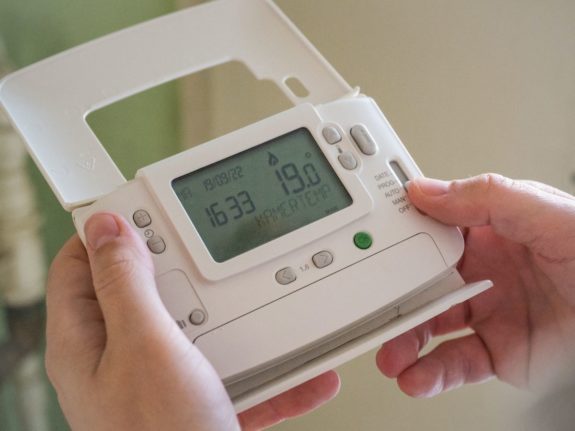Free kindergarten for children in northern Norway
Free Kindergarten places will be given to all children in Finnmark and Nord-Troms in northern Norway. The scheme will save a family with two kids in kindergarten around 60,000 kroner per year.
Nationwide, families with three children in daycare at the same time will receive free kindergarten for the third child. This will apply to some 3,000 children in Norway. The free childcare for the third child will save families roughly 30,000 kroner per year.
Afterschool care extended
The government will provide 12 hours of free afterschool care (SFO) to children in the 2nd stage from the start of August.
The 12 hours of SFO is the equivalent of a part-time place, which costs 1,924 kroner per month. This will save households more than 20,000 kroner per year.
Free SFO has already been applied to children in the first stage. Following the scheme’s introduction, the number of children participating in SFO increased to 92 percent.
Some 60,000 pupils will benefit from this offer.
Changes to the energy support scheme
From August 1st, the government will change how it calculates the support it provides households for their energy bills.
The government will adapt the current scheme so that it covers 90 percent of the energy cost, over 70 øre per kilowatt hour every hour.
Currently, the scheme uses a monthly average, which means households are not well protected against large hourly or daily fluctuations in price.
90 per cent of the energy costs over 70 øre per kilowatt hour every hour.
Student grants to be increased
For the school year 2023/2024, the student grant will be increased by seven percent. This means that the basic student loan which most students will receive will increase to 12,537 per month.
The previous basic loan was 11,717 kroner per month. The increase amounts to the biggest student grant increase for more than 15 years.
Supermarket prices could increase
Experts have predicted that Norwegian supermarkets will move away from the previous price adjustment windows, which would see prices increase twice a year, to a new model, which will see prices change dynamically.
The beginning of July, typically one of the times a year prices are raised, saw no significant movement.
However, supermarkets may choose to adjust prices in late August as summer promotions on a number of products end. A similar event happened in Norway just after Easter when promotions on over a hundred products were brought to an end by Norway’s three cheapest supermarkets.
Changes to public transport in Oslo
Ruter will introduce a cheaper monthly ticket for children and young people at the beginning of August. Young people for children and young people will now cost 299 kroner to travel in one zone, 399 kroner to travel in two zones and 499 kroner to travel in all of Ruter’s zones across Oslo and Viken.
Later in August, a summer scheme which allowed children to travel for free with an adult who has purchased a ticket will end. Children will still be able to travel for free with adults on weekdays after 6pm and on weekends.



 Please whitelist us to continue reading.
Please whitelist us to continue reading.
Member comments